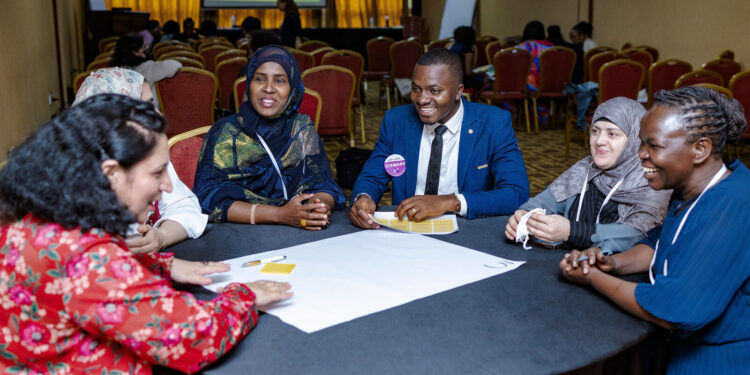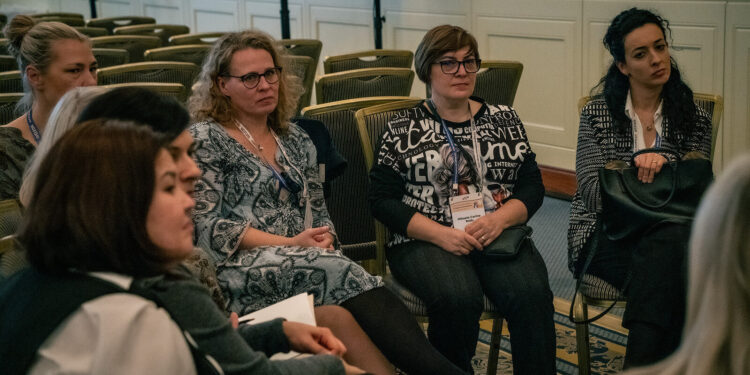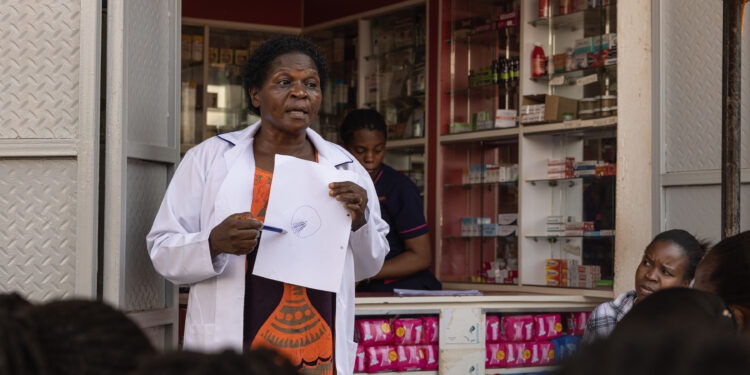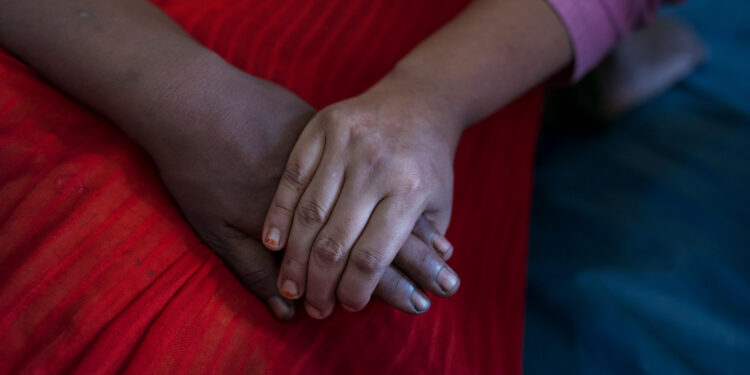The Role of Midwives in Humanitarian Crises

Background
The world is dealing with an exponential rise in humanitarian crises caused by natural disasters, climate change, pandemics and man-made conflicts. These elements are interacting in increasingly unpredictable ways. For 2024, estimates show that 299.4 million people globally will need some sort of humanitarian support. In the aftermath of crises, women and girls are particularly vulnerable to sexual and gender-based violence (that may result in pregnancy), early and forced marriages, loss of livelihood, restricted access to education, and deterioration in sexual and reproductive health.
Saving lives and preventing and reducing suffering during and after an emergency is an enormous task, which requires preparation and competence. Midwives, especially those who are based in communities, are critical for anticipatory preparation and response for all types of emergencies. Because of their work in and with communities, community-based midwives also have a deep contextual understanding of behaviours, and understand the experiences of women and children, and thus are better placed to assess the actions needed to ensure quality sexual, reproductive, maternal, newborn, and adolescent health (SRMNAH) services are available. However, midwives are usually excluded in emergency preparedness and response planning at local, national, and international levels. Supported by the fact that the WHO lists maternal, newborn and child health second to mass casualty management, it is appropriate for ICM and its member associations to ensure that midwives participate and take-up their role in mitigation, emergency preparedness, rapid response, and recovery.
In addition to individual midwives, midwives’ associations (MAs) also have an important role to play in anticipatory emergency planning and response. MAs advocate for better healthcare services for women and gender diverse people during complex emergency response where there is otherwise no access to services. MAs have a crucial role advocating for and ensuring the sexual and reproductive maternal, neonatal, adolescent health (SRMNAH) needs of a population are met in crises, can advocate and help organise midwives to pivot their activities to respond to ensure SRMNAH care is part of an emergency response.
Position
It is essential that midwives be included as part of all emergency preparedness planning for the provision of SRMNAH services in any humanitarian crisis. ICM urges governments and humanitarian organisations to include midwives in emergency preparedness and response programmes and to deploy midwives as part of multi-disciplinary response teams.
Recommendations
Regarding humanitarian crisis planning, ICM urges MAs to:
- Familiarise themselves with risk assessments for emergencies that are likely to occur in their region and to ensure their members are aware of their possibility and the role of midwives in the preparation and response for each,
- Contribute to the emergency preparedness advocacy with institutions and governments, advocating for the development of national and local response plans and emergency funding that includes midwives and SRMNAH needs,
- Incorporate topics related to the role of midwives in emergency preparedness and response in pre-service and continuing educational programmes to ensure a sound knowledge base, skill development, and an ethical framework for practice,
- Organise training in practice for midwives on interdisciplinary emergency response,
- Develop midwifery guidelines on emergency planning and response,
- Build and maintain networks and partnerships with relevant stakeholders working in disaster preparedness and humanitarian response to ensure better coordination.
Regarding humanitarian crisis response, ICM urges MAs to:
- In the short term, assist in efforts to mobilise the necessary resources for midwifery care and SRMNAH services in emergencies, with special attention to vulnerable groups,
- Work with midwives, cluster leads, and the government to implement the Minimum Initial Service Package (MISP) for Reproductive Health in Crisis Situations in their settings,
- Ensure good working relationships and collaboration between midwives and communities, governments, NGOs, international agencies, media and other stakeholders to ensure that the best interests of communities are being prioritised and met as much as possible given the situation,
- Care for midwives and others who provide direct services by being aware and respond to their mental health needs,
- Encourage midwives to continue providing comprehensive SRMNAH services, including providing support for lactation, and safe infant and young child feeding.
Adopted at Prague Council meeting, 2014
Reviewed and adopted at Virtual Council Meeting, 2024
Due for next review 2027





